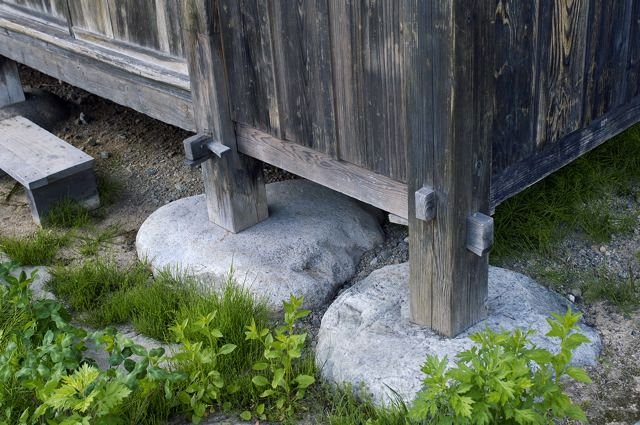I want to put a 1m x 2m x 12.5cm concrete slab in my front garden, to use as the plinth for a sculpture. The area I've marked out is between two trees and about 1m from the base of each (it's the only place that'll really work). I planned to dig down deep enough that the top of the concrete was just above the ground level, but having started discovered a 6" root (among others) that I don't want to cut through.
So - I'm now thinking to go down just a turf (1") thickness and have the concrete stand proud. Do you think the roots directly below the slab will damage the slab and if so, what could I do to limit damage? Steel reinforcement in the concrete, something like that? I plan to bolt into the concrete to keep the work stable, and may change the sculpture from time to time so would want to drill more holes. Doesn't matter if it breaks apart in a few years, but anything less than that'd be annoying.
Thanks, C
So - I'm now thinking to go down just a turf (1") thickness and have the concrete stand proud. Do you think the roots directly below the slab will damage the slab and if so, what could I do to limit damage? Steel reinforcement in the concrete, something like that? I plan to bolt into the concrete to keep the work stable, and may change the sculpture from time to time so would want to drill more holes. Doesn't matter if it breaks apart in a few years, but anything less than that'd be annoying.
Thanks, C





































